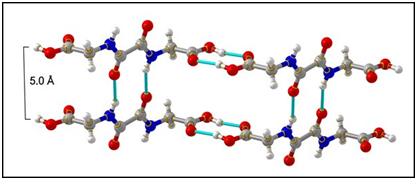ELECTRICAL AND OPTICAL PROPERTIES OF SOLIDS
(i) Conductors : The solids that permit the electric current to go through them are called conductors. These are further of two sorts; electrolytic conductors and Metallic conductors. These solid's electrical conductivity is high in the range 104 - 106 ohm-1cm-1. Their conductance decrease with rise in temperature.
(ii) Insulators : The solids that do not permit the current to go through them are called insulators. example, rubber, wood and plastic etc. the electrical conductivity of these solids is very low i.e., 10-12 - 10-22 ohm-1 cm-1.
(iii) Semiconductors : The solids which electrical conductivity lies among those of conductors and insulators are called semiconductors. The conductivity of these solid is due to the existence of impurities. Example the Silicon and Germanium. Their conductance increase with rise in temperature.

It is displayed that the interaction among macroscopic, nondissipative media, and time-changing electromagnetic fields can be explained by a time-averaged potential function. From this function it is feasible to derive phenomenologically the tensors that explain any of the general electro- and magneto-optic influences for electric and magnetic fields of any frequency. Additionally, these similar potential functions explains the several optical nonlinearities such as harmonic generation in potassium dihydrogen phosphate, and harmonic generation through electric quadrupole and magnetic dipole nonlinearities.
The symmetry relations first come through through Armstrong, Bloembergen, Ducuing, and Pershan for electric dipole nonlinearities follow directly from the techniques presented here. Additionally, one can get analogous relations for electric quadrupole and magnetic dipole nonlinearities. These relations also illustrate the reciprocal nature of the linear electro-optic rectification and effect of light. The Faraday influence and the production of a dc magnetization because of incident circularly polarized light are also reciprocal effects.